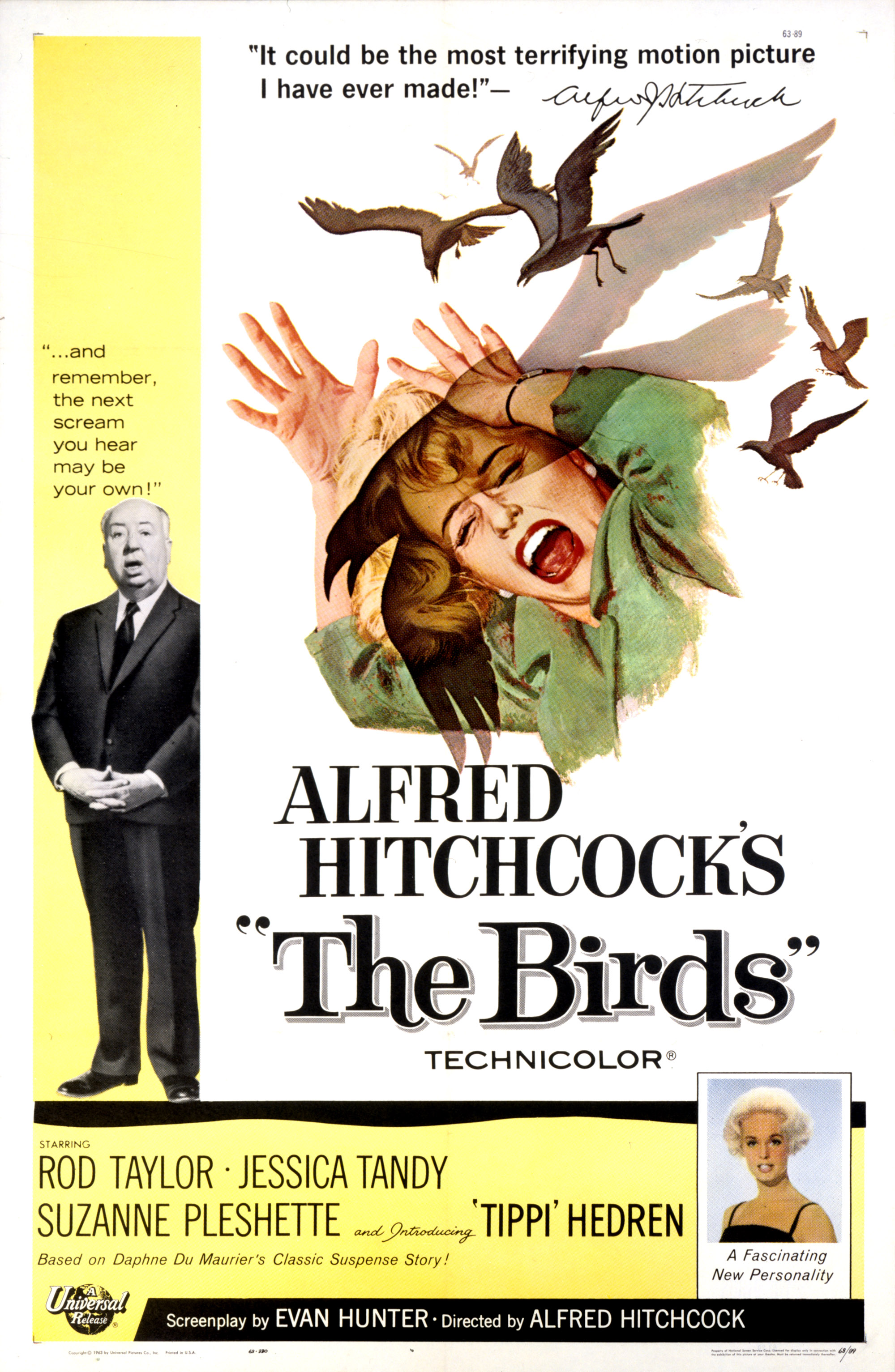 |
| Cinqué Lee and Screamin' Jay Hawkins in Mystery Train |
Mitsuko: Yuki Kodo
Night Clerk: Screamin' Jay Hawkins
Bell Boy: Cinqué Lee
Luisa: Nicoletta Braschi
Dee Dee: Elizabeth Bracco
Johnny: Joe Strummer
Will Robinson: Rick Aviles
Charlie the Barber: Steve Buscemi
Director: Jim Jarmusch
Screenplay: Jim Jarmusch
Cinematography: Robbie Müller
Production design: Dan Bishop
Film editing: Melody London
Music: John Lurie
I was born 40 miles from Tupelo, 75 miles from Memphis, and five years and nine months after Elvis Presley, but I grew up preferring the jazz-pop standards of Gershwin, Kern, Berlin, and Porter, and singers like Jo Stafford and Mel Tormé. It took me a number of years before I finally caught up with what was supposedly my generation, but eventually I succumbed to the myth of the King -- just in time to witness its deconstruction. That's partly what's going on in Jim Jarmusch's Mystery Train, a film that dragged me back to my own roots the moment I saw the City of New Orleans racing through a kudzu-shrouded railway cut. The myth is still so potent that it can draw young Japanese tourists from Yokohama to Memphis to visit Sun Records and Graceland, but also so porous that Jarmusch can peer through it -- like the ghost of Elvis that visits Luisa -- and glimpse some of the racial injustice that elevated Elvis to superstardom and left black musicians like Screamin' Jay Hawkins and Rufus Thomas (both of whom have roles in the film) struggling for recognition. If the film's three interlocking stories feel too much like a familiar contrivance, it's worth remembering that Mystery Train was made five years before Pulp Fiction (Quentin Tarantino, 1994) and probably influenced it. The first segment, with the young tourists Jun and Mitsuko providing a decidedly original point of view on a country they view through the lens of rock 'n' roll, is the best. The middle one, in which the newly widowed Luisa drifts toward the same hotel where Jun and Mitsuko are staying and winds up sharing a room with the frenetic Dee Dee, is the weakest, particularly Luisa's ghost-sighting. The third section, with the wonderfully eccentric trio of Joe Strummer, Rick Aviles, and Steve Buscemi, ties everything together, but fortunately it doesn't do it so neatly that it feels phony. And the intermediary scenes with Hawkins as desk clerk and Cinqué Lee as bellhop keep everything in the skewed perspective that the film needs. Robby Müller's cinematography treats the characters in the film's three episodes as only transients through the city: He and Jarmusch often frame a scene, like the downtown buildings rising in the distance beyond vacant lots, and have the characters walk through the frame. The boarded-up storefronts and empty streets have an ironic permanence to them that the characters lack, so that the central character in Mystery Train is Memphis itself, seen here as bleak and grimy but still charged with some of the vital spark that gave rise to so much music. Jarmusch wrote the screenplay before he ever visited Memphis, but he found exactly what he anticipated there.







